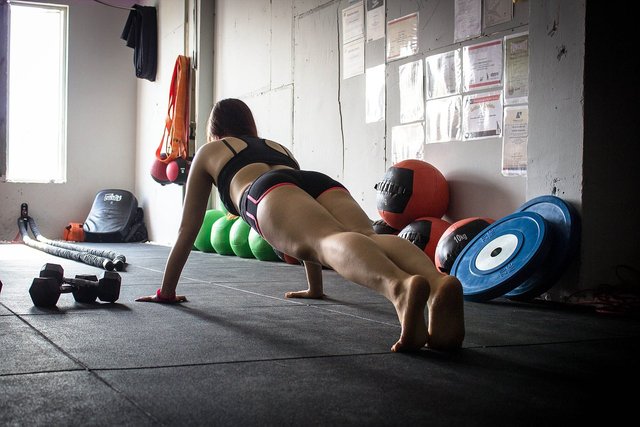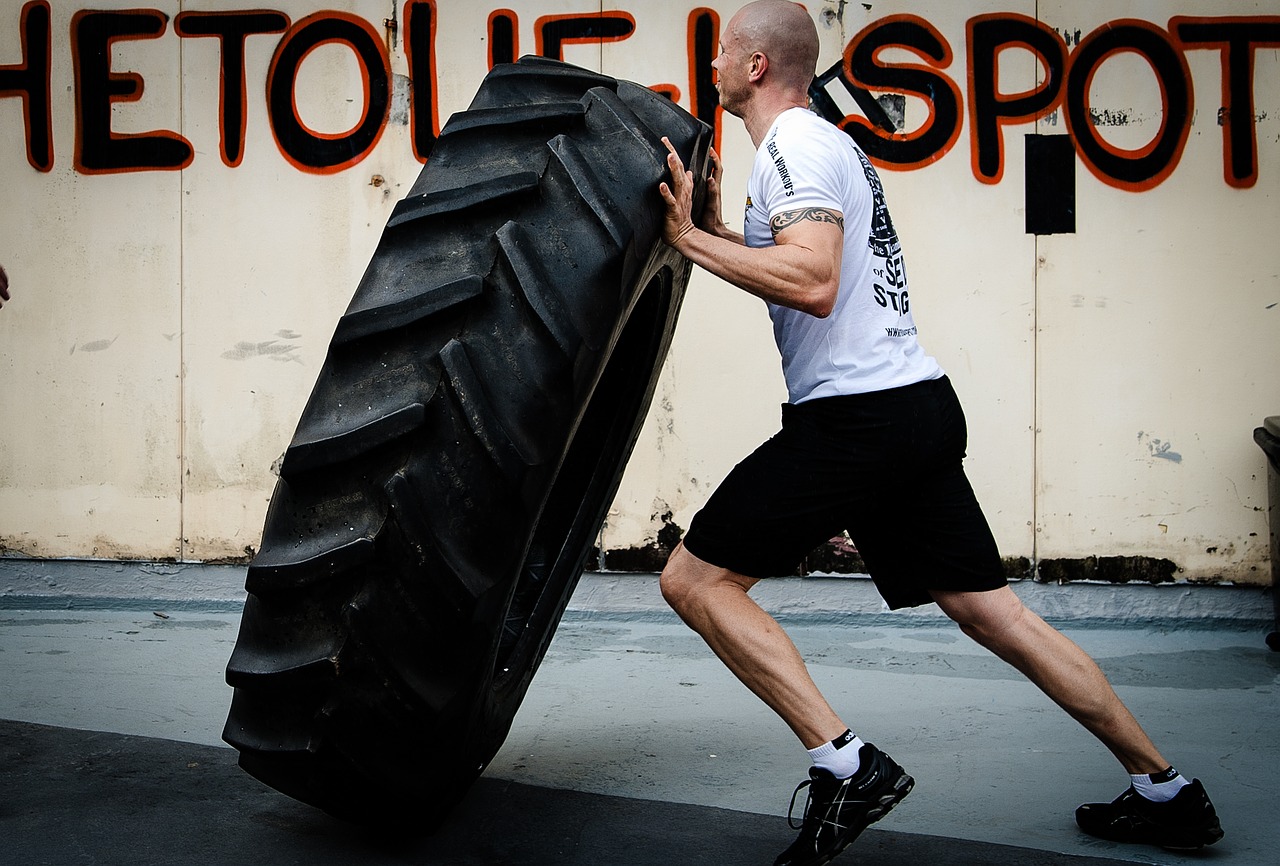Gym Basic - Training And Fitness

Starting a fitness program may be one of the best things you can do for your health. After all, physical activity can reduce your risk of chronic disease, improve your balance and coordination, help you lose weight, and even boost your self-esteem. And the benefits are yours for the taking, regardless of age, sex or physical ability.
The Department of Health and Human Services recommends that healthy adults include aerobic exercise and strength training in their fitness plans, specifically:
At least 150 minutes of moderate aerobic activity or 75 minutes of vigorous aerobic activity a week
Strength training exercises at least twice a week
Regular exercise can help you control your weight, reduce your risk of heart disease, and strengthen your bones and muscles. But if you haven't exercised for some time and you have health concerns, you may want to talk to your doctor before starting a new fitness routine.
When you're designing your personal fitness program, consider your fitness goals. Think about your fitness likes and dislikes, and note your personal barriers to fitness. Then consider practical strategies for keeping your fitness program on track.
Starting a fitness program is an important decision, but it doesn't have to be an overwhelming one. By planning carefully and pacing yourself, you can make fitness a healthy habit that lasts a lifetime.
Stretching and Flexibility-
Stretching is a powerful part of any exercise program. Most aerobic and strength training programs inherently cause your muscles to contract and tighten.
Stretching after you exercise may help improve the range of motion about your joints and boost circulation.
As a general rule, stretch your major muscle groups after you exercise. In some studies, pre-athletic event stretching has been shown to decrease athletic performance.
When you're stretching, keep it gentle. Breathe freely as you hold each stretch for around 30 seconds. Try not to hold your breath. Don't bounce or hold a painful stretch. Expect to feel tension while you're stretching. If you feel pain, you've gone too far.
Aerobic Exercise-
Regularaerobic exercise can help you live longer and healthier. After all, aerobic exercise reduces health risks, keeps excess pounds at bay, strengthens your heart and boosts your mood.
Healthy adults should aim for at least 150 minutes of moderate aerobic activity or 75 minutes of vigorous aerobic activity a week. That doesn't have to be all at one time, though. Aerobic exercise can even be done in 10-minute increments.
For many people, walking is a great choice for aerobic exercise. In fact, walking is one of the most natural forms of exercise. It's safe, it's simple and all it takes to get started is a good pair of walking shoes and a commitment to include aerobic exercise in your daily routine.
Of course, there's more to aerobic exercise than walking. Other popular choices include swimming, bicycling and jogging. Activities such as dancing and jumping rope count, too. Get creative.
Strength Training-

Strength training can help you tone your muscles and improve your appearance. With a regular strength training program, you can reduce your body fat, increase your lean muscle mass and burn calories more efficiently.
Better yet, strength training doesn't have to take as long as you might think. For most people, one set of strength exercises for major muscle groups performed two to three times a week is sufficient.
Sport Nutrition-
Sports nutrition often focuses on carbohydrates. For example, athletes training for endurance events may eat more carbohydrates in their diet in the days before the event to boost their energy and performance. Protein for muscle repair and growth is another important aspect of sports nutrition.
Of course, sports nutrition goes beyond simply what you eat. When you eat is important, too. To maximize your workouts, coordinate your meals, snacks and drinks. Drink fluids such as water during and between meals.